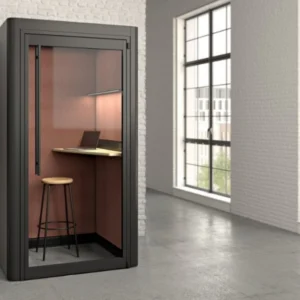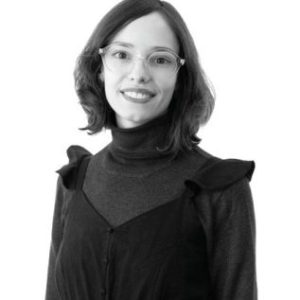Two years ago, Aaron Betksy was director of the Venice Architecure Biennale. His exhibiiton entitled Beyond Architecture in the Arsenale was over-filled with extravagant structures and over-complicated installations: Nigel Coates presented a saddle, Frank Gehry gave us a truncated version of his tree-trunk-y Serpentine pavilion from the same year. The huge Arsenale, a former rope factory, had been filled with the great inflated egos of the developed worlds architectural figure-heads. A network of Betsky’s grand-standing pals.
In 2010, the work is organised along similar lines. Almost every space in the Arsenale is filled with just one big work, often emerging from a very simple idea. But it is the idea rather than the ego that lives and breathes this year. The best of these, although frustratingly also impossible to photograph is an installation by Olafur Elison, in which tubes suspended from the ceiling, whip violently around the room, spraying out water while being intermittently illuminated with strobe lighting.
Though the work of SANAA is largely absent from the Arsenale at the the curatorial hand of Kazuyo Sejima is obvious throughout. Only the Rolex Learning Centre in Lausanne makes an appearance in a 3D film, made by Wim Wenders, shown near the beginning of the long complex of former armouries and shipyards. Yet Sejima’s clarity as an architect is made much more apparent in the greatly improved organisation of the display, using the theme – People Meet in Architecture – only very loosely.
Also successful is The Cloud, by Trannsolar, in which a vapour is pumped into the room from pipes mounted high on the walls, creating a dense fog in the upper half of the room. A curving wrought-iron walkway winds its way up to the ceiling, so people gradually find themselves enveloped by the cloud and oppressed by its humidity. An umpromising idea on paper, it feels like it has been perfectly realised. Ensamble Studio’s faux-concrete girders, seemingly balanced across each other, fill the entire the second room of the Arsenale. The piece, entitled Balancing Act, initially seems bold and dramatic, but the more one looks, the more cartoon-like and lightweight they obviously appear. The giant ‘supporting’ spring doesn’t help, especially when shown to be relatively flimsy by visitos coming along and playing with it.

The strength of Sejima’s approach is that such grandstanding installations are given the space they need to have an impact, and visitors can quite physically appreciate their affect on the space, without feeling over-whelmed. The work itself may be variable, but it couldn’t have been displayed any better. Even Studio Mumbai’s room, which is much more densely populated with examples of models andmaterials, is given enough space to give the impression of a functioning workshop, and one is able to walk amongst the work and explore it in more detail.
Giving the participants, and visitors, such space to breath, and making each room as immersive an experience as possible is clearly Sejima’s approach to creating opportunities for people to ‘meet in architecture’. It’s not complicated or particularly deep, but judging by the atmosphere in most rooms – where people were congregating and enjoying the installations, rather than studying the captions – it appears to work.







